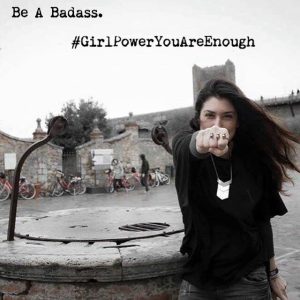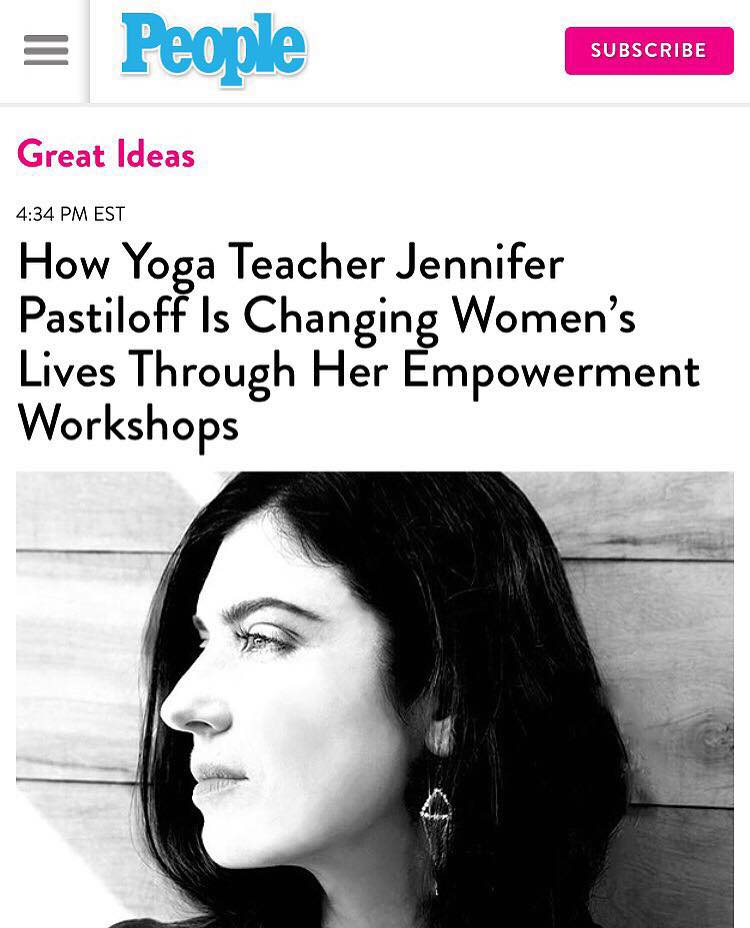By Carol Reedy Rogero
“There is no tidy end to any story, as much as we might hope. Stories continue in all directions to include even the retelling of the stories themselves, as legend is informed by interpretation and interpretation is informed by time.” Garth Stein -A Sudden Light
The End. Those are two powerhouse words not necessarily written at the culmination of a book or story. Two words that elicit impassioned pleadings of “More, More” at children’s story-time. I can close my eyes and remember my own children reciting those words and then begging for a repeat of a favorite tale or questioning its end with a chorus of “what happened next”. As an adult reader I’ve stared transfixed by the print on the last page of a book and felt an actual pang, a physical longing for more. I’ve ached for the adventure to continue, the pleasure to remain, the unanswered to be answered, the gutted feeling to dissipate and for the smile in my heart to keep radiating warmth.
Some stories have epilogues or sequels, but not all do. Or do they? Is there always a definitive point on that final page where there is no more that could or should be added? Fiction may often seem to have natural stopping points, resolutions or tidy endings but what about the narratives of our lives? What about the non-fiction realities we’re born into, exist in, grow and create in? While we may have lived, loved, and walked away, did those particular stories really end there? Have they been put to rest, packed away, buried or burned on a funeral pyre? Or do chapters of our narratives continue to live and breathe in hibernation? Are they continually regenerated and assimilated into our “becoming”?
Author Garth Stein intimates that stories metamorphosize in all directions in their retelling. Most likely you’ve heard the term “fish tale” wherein the size of the fisherman’s catch grows over time and with each retelling. Via tale teller and audience, legends are birthed, adapted and reborn. But what about the stories left behind? The ones that aren’t necessarily retold. Stories which have served their seeming purpose. Those with minimal understood relevance. Stories whose doors were shut, fitting tightly and precisely within the doorframe, guaranteeing no drafts of air, no carrier airstreams will enter. What of those left in dark forests, in vacuous rooms, in violent seas of tears or thunderstorms of screams? What about seemingly said and done stories once packed or sent away on the wings of time? What of stories with precisely stitched seams and curated bonsai branches? Do those truly include a “the end”?
Our lives are our stories and our stories are our lives. We rise each morning and put pieces of them on before venturing out into the wide, wild world, gauging the impact of our footsteps, our walks, and our shadows. On our way home after a full day of becoming, we glance at the reflections of others in the subway windows and assure ourselves that we know the stories they wear as well.
But what of those hidden? Those are the real stories, not the ones dressed to impress or to illicit this or that result. What of our skin stories? Not the cover stories, the ones we choose to tattoo for the world to admire, but the ones that live within our pores, the ones involved in the meiosis and mitosis of individual cells? The ones that erupt spontaneously in goose bumps or glows, blemishes or boils, aches and pains, cries and screams. Those are the mitochondria of our lives. Those are what evolve into Andy Rooney “The Rest of the Story” monologues.
Are we allowed to discard our less favorite stories? The painful ones that we wish weren’t ours? The hurtful, tragic, shameful ones we keep hidden away? Can we revise them? They do belong to us after all. We mustn’t forget that. As young children we have little control of our stories. They’re mostly written for us and we’re dependent on the authors for our well being and sustenance. As we “become” our own person however, we own the absolute rights to our stories and can do with them what we wish. We become the bard, the teller, and not the listener or the told. We have the ability to take them and turn them into whatever we need them to be, to interpret them however we’d like. Although we sometimes have no control over what happens to us in life, we do always have control over how we react. What do we do with our experiences over time? Can we change a currency rooted in pain and despair into one with a much more powerful and positive exchange rate? Can we choose our own interpretations and author our own legends? Absolutely! It will never be easy, but within each and every one of us is that power. That’s part of the good news that our world needs so much of. The bad news is that this part of “becoming” is a one person job. It’s messy and costly, but with enough blood, sweat and tears we can do an HGTV worthy renovation job on our painful stories that serves a higher purpose both for ourselves and the world.
As we “become” the gardeners of our adult lives we must remember that the fruits of a harvest cannot come without toil. We have the opportunity to choose the kind of soil and fertilizer we plant our stories in and remembering that gardens need to be tended, we can take care to weed ours frequently, lest our bounty is choked by hostile intruders. We must learn the types of crops that foster growth in each other and plant ourselves beside them, recognizing the symbiotic nature of our lives. And sometimes, we must simply learn to erect fences in order to keep the varmints out.

Carol Reedy Rogero is a 6th grade teacher by day, second act poet/writer by night, and anytime lover of books and travel. She scours the beach regularly for trash and heart shaped coquina. She blogs at www.thispedestrianlife.wordpress.com, and on Facebook at https://www.facebook.com/ThisPedestrianLife, where she hopes readers feel a connection and find something inspirational that speaks to their heart and touches their soul. You can also connect with her on Instagram at #thispedestrianlife. Her work has been published in Where Journeys Meet, The Voice of Women’s Poetry, an anthology edited by Catherine Ghosh and has also been featured on the web at The Tattooed Buddha, Women’s Spiritual Poetry Blogspot, Some Talk of You and Me, Graceful After Midlife, Midlife at the Oasis and at Merakiii.com.



Carol, I love how you speak about creating the stories of our lives, retelling them, reshaping them. And how real life doesn’t often have tidy endings.